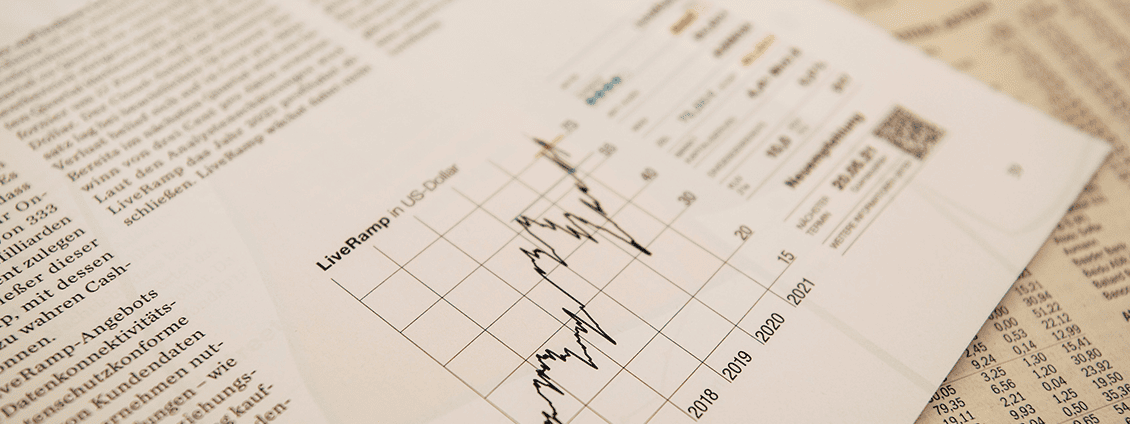- Solutions
Our solutions
Digital solutions combining strategy, technology, automation and people.
Technology advisory
Navigate the fast-changing world
Cloud engineering
Transformational change at scale and speed
Data solutions
Realise the untapped potential of data
AI and machine learning
Leverage your data assets
Application engineering
Optimise and grow your digital investment
Maintenance and support
End-to-end application management
Business process solutions
Manage business processes to reduce operating costs
Quality solutions
Independent testing for your systems and software
Digital experience platforms
Redesign your digital assets for the optimal customer experience
- Industries
Industries
We provide solutions tailored to your sector to assist you in identifying opportunities, realising value and opening up new markets.
Banking
Delivering next-gen banking solutions that drive growth
Healthcare
Patient empowerment, lifesciences, and pharma
Retail
Functional and emotional customer experiences online and in-store
Travel
Airlines, online travel giants, niche disruptors
Media and publishing
Content consumption for the tech-driven audience
Hi-tech and IOT
Real-time information and operational agility and flexibility to respond to market changes
Logistics and supply chain
Reimagine a supply chain that is more flexible and resilient to change
Education
Create an exciting and engaging digital experience for students and departments
Insurance
Streamline operations, expedite claims, and unlock new possibilities
- Our thinking
Our thinking
The latest updates to help future-focused organisations on the issues that matter most in business.
News
Keep up to date with company news and announcements at NashTech
Insights
The latest expertise and thought leadership from the NashTech and our clients
Resources
Expert guidance on everything from complex technological issues to current trends
Digital Leadership Report
Explore insights from the latest world's largest and longest-running study on technology leadership
- Case studies
- About us
About us
Find out what makes us who we are
Leadership
The diverse leadership team at NashTech
Nash Squared
A global professional services organisation with three key areas of focus
Vietnam 360°
Experience a 360 degree all-encompassing virtual tour of NashTech’s Vietnam offices
ESG
Discover our environmental, social and governance commitments
Diversity, equality and inclusion
Making diversity, equality and inclusion an integral part of our culture
Our locations
Discover our network of global offices, centres of excellence and innovation
- English
What Are Data Insights?

Data insights are the understandings we take away from analysing sets of information. Turning data to insights allows businesses to make the best decisions for their company as they move forward.
The relationship between data, analytics and insights
People often get confused when trying to understand the differences between data, analytics and insights. We’re going to cover the definitions of each component, outline the differences between them and how they’re related to each other.
What is data?
Data is simply the information we collect from users.
This can be in the form of activity, behaviour and demographics. As technology has advanced, more access to information has been made available.
What are analytics?
Analytics is the process of examining data sets to identify relationships and patterns.
This is done through the use of different analytics tools, and it allows companies to draw insights, leading them to make data-driven decisions.
What are insights?
Insights are new trends that have been discovered through data and analytics.
They provide a deep understanding of a situation and are initially unknown to a company. Companies are looking to find actionable insights that are clear and easy to understand.
What are the differences between data, analytics and insights?
In order to turn data to insights, we need to collect relevant data and use suitable analytics tools. There is a step-by-step process that should be followed if you’re wanting to find new insights for your business.
The first step is to collect the data. You need to ensure that you’re targeting the right data for what you’re wanting to find out. This stage can take a while to get right, but creating a solid foundation to collect data is the best way to find those game changing insights.
Secondly, we want to apply analytics to the data that we’ve collected. The difference between analytics and data is that analytics is how we make sense of the data, whereas data itself is the actual numerical information. Analytics make sense of what is actually happening in the data.
What follows analytics are data insights. Turning data to insights is a rigorous process, but when implemented correctly, you can make some important decisions for your business based off of these data insights.
If analytics tell us what is actually happening based on the data, insights tell us the trends found within that information.
Examples of data insights
The important thing to remember is that data insights differ between different industries. Your ability to discover useful insights is dependent upon the data that is available to you, the parameters of that dataset and the problem you are wanting to solve.
So what are data insights? Here are some useful examples of data insights that cover a range of industries:
- Discovering that there are certain weekends across a year when your product or service has significantly more demand.
- Noticing that a particular product or service has significantly more demand in a specific geographic location.
- Working out that a certain email outreach campaign has the best conversion rate.
What makes data insights actionable?
Now that we’ve discussed what data insights are, it’s useful to know what makes these data insights actionable:
Actionable data insights are insights derived from data analysis that have a corresponding action or actions against them. These actions allow a business to integrate the data insights into their working processes, moving forward, in a hope to make the business more efficient.
There are a few attributes we can consider when determining whether data insights are actionable or not:
- Relevance
- Context
- Specificity
- Clarity
- Alignment
Relevance
When turning data to insights, we often get the insights from a single set of data. If this is the case, we need to consider whether those insights are relevant to the problem that we’re trying to solve.
In order to discover useful actionable insights, we want to be using data that is as relevant to the problem as possible.
Context
Putting context behind the data you’re using will keep you on track when discovering actionable insights. Comparing market baseline data against your own datasets is an important step to take when understanding context.
Specificity
The best actionable insights are specific, as this means that they have been well thought through. When talking about specificity, we want to know what has happened and why it has occurred.
Another benefit of specificity is that it can help when sharing data insights with upper level management. The specific nature of your insights can help provide management with clarity for what you’re wanting to change. This leads us nicely onto the next point.
Clarity
The fourth stage to finding actionable insight is clarity. The key to clarity, is to be able to communicate the information around your data insights to other key stakeholders in a simple way. This helps reduce any form of scepticism around the insights you’re presenting.
Alignment
The final test for an actionable data insight is whether it aligns with your business’ goals. Passing the alignment test is a key characteristic of an actionable data insight. Some questions to ask yourself at this stage are:
- Do these insights fit well with your Key Performance Indicators (KPIs)?
- Do data insights align with the company’s current or future goals?
When a data insight is well-aligned, it makes the process of getting everyone on board much easier.
Implementing actionable data insights
Now that we’ve taken you through the five-step process for working out whether a data insight is actionable, we’re going to take you through how to implement those actionable insights.
We’re going to base our actionable data insights on the following scenario – A business has discovered that sending out a designated mail out on Wednesdays at midday versus Fridays at 5pm was more effective at achieving conversions.
The actions in order to implement this insight could look like this:
- Ensure that the individuals responsible for sending the mail out rearrange their weekly priorities to complete the task for the new deadline.
- Make sure any data collection is now collected in good time for the new deadline.
- Follow the data insight collection process to ensure that you can measure success against this new deadline moving forward.
Useful Links
Expert Data Insights Solutions
Discover a range of leading data insights solutions from NashTech, including business intelligence, advanced analytics and more.
Partner with us for end-to-end data insights solutions that improve user experience and drive business growth.
Suggested articles

The art of human-AI collaboration: A case study in model improvement
For over 16 years, NashTech has been a trusted partner, providing data management solutions that have fuelled the exponential growth of our client’s online shopping platform. The approach has...

From rising above adversity to riding the wave of digital transformation in the education sector
Explore how NashTech help Trinity College London ride the wave of digital transformation in the education sector

Migrating and modernising the virtual learning environment to AWS for an enhanced experience
The migrated and modernised Moodle infrastructure means that The Open University can now take advantage of cloud benefits.
We help you understand your technology journey, navigate the complex world of data, digitise business process or provide a seamless user experience
- Topics:


